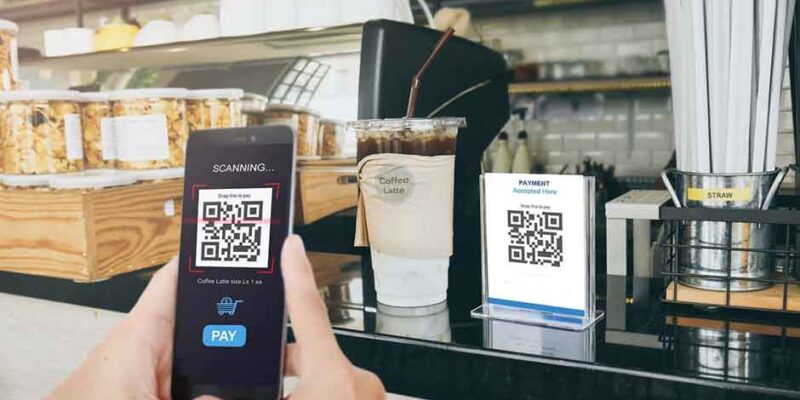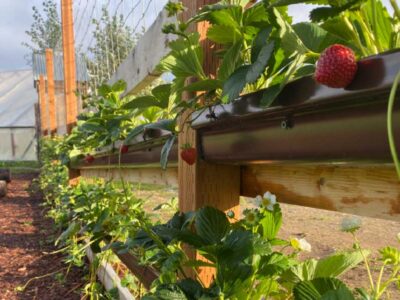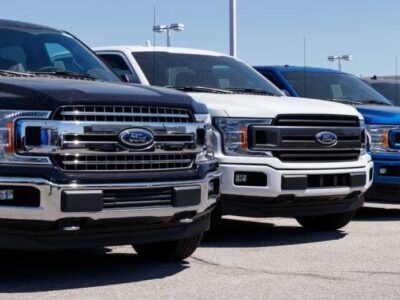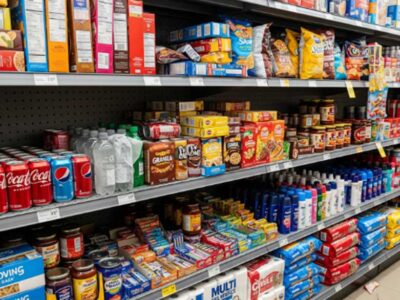The modern restaurant experience isn’t just about great food—it’s about efficiency, personalization, and seamless service. Today’s diners expect more than a tasty meal; they want convenience, comfort, and even entertainment. As expectations evolve, restaurants are turning to technology to stay competitive and elevate every touchpoint of the guest journey.
From digital menus and contactless payments to smart safety features and AI-driven recommendations, the integration of tech is reshaping how restaurants operate—and how guests experience them.
Smarter Front-of-House Tech
The guest experience begins the moment someone walks through the door—or visits a restaurant’s website. Reservation platforms like OpenTable and Resy allow guests to book with precision and receive reminders. On arrival, digital kiosks or tablet check-ins speed up seating while reducing wait times and staff load.
QR code menus, once a pandemic necessity, have become a mainstay. They offer flexibility, reduce printing costs, and allow for real-time updates—like sold-out dishes or chef’s specials. For many customers, that digital interactivity enhances transparency and control.
Additionally, many restaurants are now using discreet tech tools to improve the environment itself. One example is vape detectors, which help maintain a clean, healthy dining space—especially in restrooms or designated non-smoking areas. These devices alert staff discreetly and in real time, helping maintain compliance with local laws and improve overall air quality, without disrupting service.
Enhancing Safety and Efficiency Behind the Scenes
While the front of house gets a digital polish, the back of house is also evolving rapidly. Kitchen Display Systems (KDS) have largely replaced printed tickets in high-volume kitchens. Orders come in from the POS system and display in real time, color-coded by prep time or priority. This reduces communication errors and speeds up the kitchen flow.
Inventory management software tracks ingredient usage and reorders stock automatically. Some systems even forecast demand based on weather, holidays, or historical trends—ensuring the kitchen is ready, and food waste is minimized.
Meanwhile, scheduling platforms like 7shifts or Toast make staff planning smoother, helping avoid understaffing during busy shifts and giving employees more autonomy over their schedules.
Customization and Loyalty Through Apps
Mobile apps are another powerful tool. Whether it’s a national chain or a local café, having a branded app opens the door to better customer loyalty. Guests can:
- View menus and order ahead
- Collect loyalty points or discounts
- Get personalized suggestions based on past orders
- Receive location-based promotions
For example, a diner who frequently orders vegetarian dishes might get a push notification about a new meatless special. That kind of targeted outreach builds relationships and increases repeat business.
Data Is Driving Decisions
Behind every modern restaurant system is data—and lots of it. From payment patterns to peak traffic hours to most-loved menu items, restaurants are learning what works and what doesn’t.
These insights allow them to:
- Streamline their menus
- Schedule staff more effectively
- Tailor marketing campaigns
- Introduce dynamic pricing during off-peak hours
According to the National Restaurant Association, seven in ten restaurant operators say technology helps increase sales, and more than half believe it improves labor productivity.
And because all of this can now be tracked digitally and visually, restaurants no longer have to guess what their customers want—they can measure it.
What’s Next in Restaurant Tech?
Emerging technologies like AI-powered voice ordering, table-side payment terminals, and robotic kitchen assistants are making headlines. Some restaurants are experimenting with augmented reality (AR) menus, where customers can see a 3D rendering of a dish before ordering. Others are exploring drone delivery and smart table sensors to alert servers when drinks are empty or help with allergen detection.
But regardless of how advanced the tech gets, its goal remains simple: to make the dining experience better, smoother, and more enjoyable for everyone involved.

















